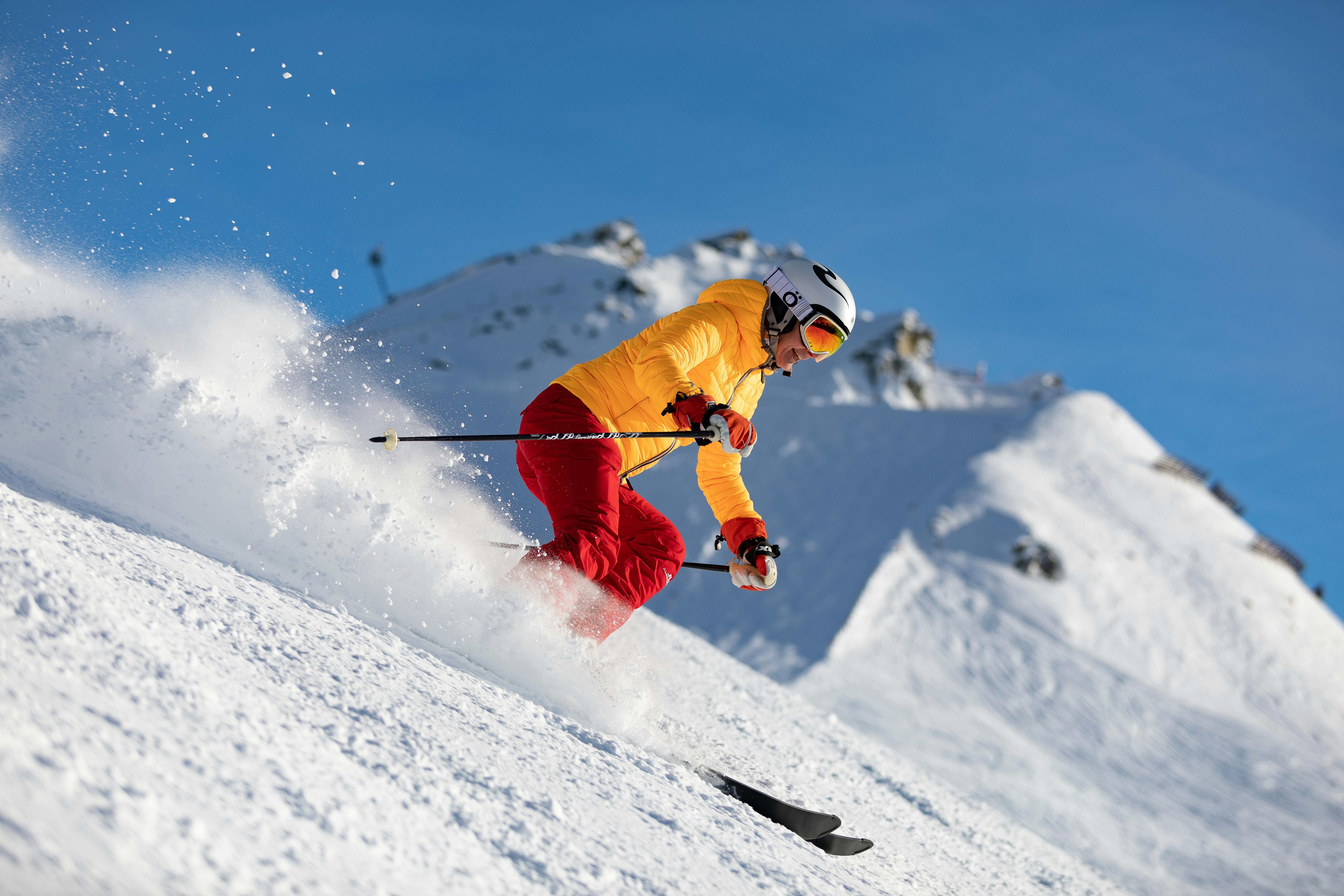Ski: Basics, Gear, and Mountain Conditions
Skiing combines skill, equipment, and environmental awareness to move efficiently over snow. Whether you plan runs on groomed pistes or off-piste routes in the mountains, understanding fundamentals — balance, turning, speed control, and awareness of conditions — reduces risk and improves enjoyment. This article covers practical aspects of skiing, how snow and winter weather affect performance, essential ski equipment, and terrain considerations for skiers of varying experience levels.

Skiing fundamentals
Skiing starts with a few core principles: stance, weight distribution, edge control, and rhythm. A balanced, slightly forward stance helps maintain control; weight shifts from ski to ski enable turns; and using the ski edges allows you to carve rather than skid. Beginners often focus on snowplow turns and short-radius movements, while more advanced skiers practice carving and pressure management so skis respond predictably across varied surfaces.
Progression relies on practicing consistent movements, learning to read terrain, and developing reflexes for unexpected changes in snow texture or obstacles. Lessons from qualified instructors accelerate skill acquisition and improve safety habits such as how to fall safely and how to get up on steeper slopes.
How snow affects skiing
Snow type directly changes how skis perform. Fresh powder cushions and requires different technique — a more centered stance and gentle edge use — while hard-packed or icy surfaces need sharper edges and more precise weight control. Wet or heavy spring snow can slow skis and increase effort, and crusty or wind-packed snow can be unpredictable underfoot.
Temperature, recent weather, and grooming influence base conditions. Groomed runs are often more consistent for learning and speed, while natural snow and variable patches demand constant micro-adjustments. Carrying a basic wax knowledge for different snow temperatures can improve glide and control, and staying aware of changing snow conditions helps you choose appropriate terrain and speeds for safety.
Skiing in winter conditions
Winter brings shorter daylight, variable visibility, and colder temperatures, all of which affect planning and gear choices. Layering clothing provides thermal regulation while allowing moisture management during activity. Goggles with appropriate lenses improve visibility in flat light or snow; lightweight helmets protect against impacts and reduce wind chill; and a simple avalanche-awareness course is advisable before venturing into ungroomed terrain.
Weather-driven hazards such as wind slabs, whiteouts, or sudden temperature changes can alter slope stability and visibility. Check mountain forecasts and local advisories before heading out, and consider skiing with a partner and staying within areas matched to your skill level to reduce risk when winter conditions deteriorate.
Choosing ski equipment
Ski equipment selection depends on skill level, preferred terrain, and physical attributes. Key components include skis (shape and length affect stability and turn radius), bindings (DIN settings relate to release force), boots (fit and flex determine control and comfort), and poles (length affects balance and timing). For resort skiing, all-mountain skis suit a range of conditions; powder-specific skis are wider for floatation; carving skis are narrower for groomed turns.
Boot fit is often the most important factor for comfort and performance: a snug, supportive boot transfers movements efficiently to the skis. Renting initially lets you test types and sizes before buying. Regular maintenance — binding checks, edge sharpening, and base waxing — prolongs equipment life and maintains predictable performance on varied snow.
Mountains and terrain considerations
Mountain terrain varies from gentle beginner slopes to steep, complex backcountry routes. Slope angle, aspect (sun versus shade), and avalanche history influence safety. Steeper slopes can accelerate rapidly and require stronger edging and speed control; tree-lined areas demand quick reflexes and awareness for obstacles. When moving off-piste, be mindful of terrain traps such as gullies or cliffs and of rapidly changing weather that can alter route visibility.
Navigation skills, map or GPS familiarity, and local knowledge of lift operations or trail access contribute to safer outings. For ungroomed or remote mountain skiing, carry appropriate safety gear — transceiver, probe, shovel — and know how to use it if traveling in avalanche-prone areas. Stay within your comfort zone and choose routes that match your technical and physical capabilities.
Skiing wraps technical skills, environmental awareness, and appropriate equipment into a single outdoor activity that can be adapted from casual resort days to serious mountain pursuits. By matching technique to snow type and terrain, maintaining equipment, and respecting winter conditions in the mountains, skiers can manage risk and focus on improving skills and enjoying time on the snow.






